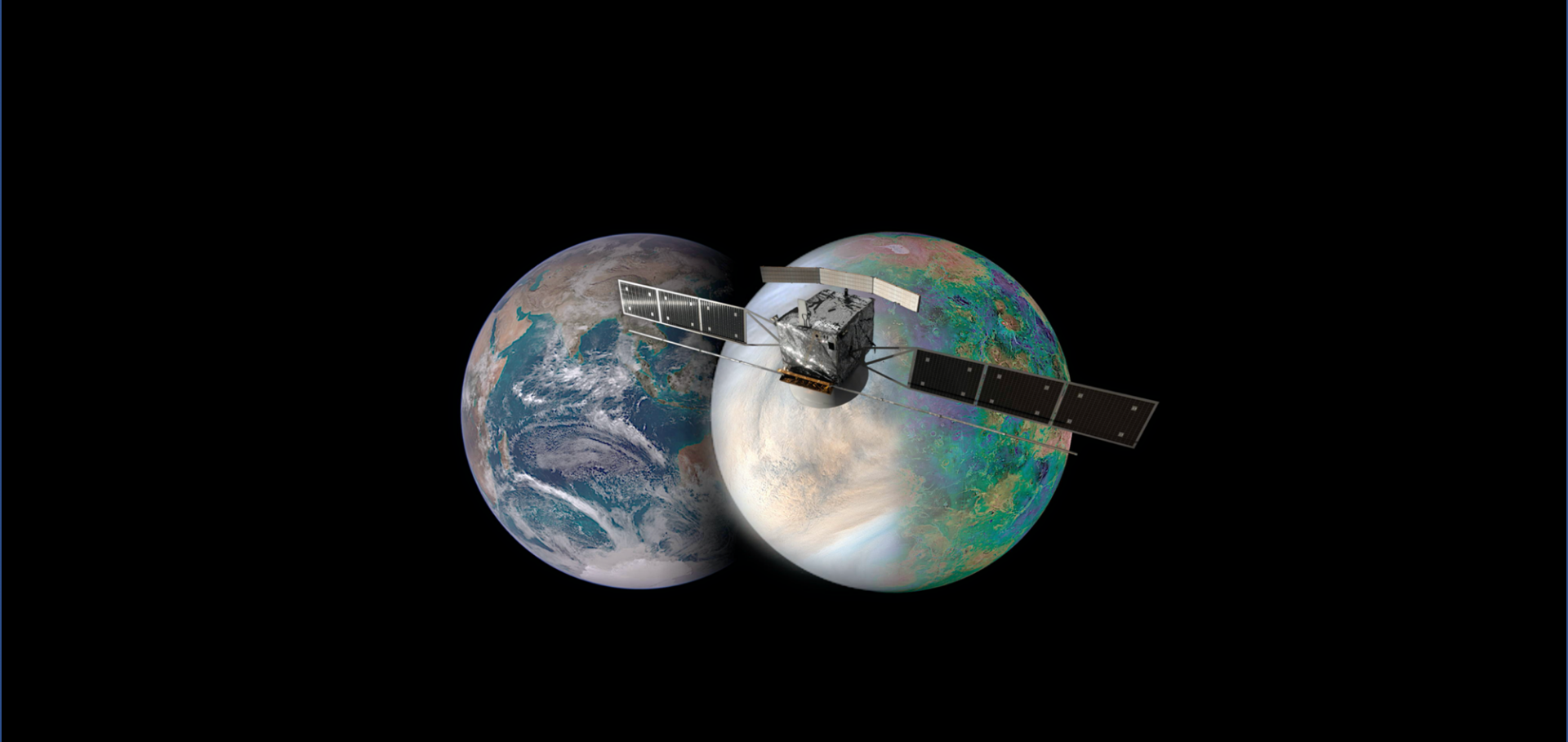Why we need to go to Venus: The future of European Venus exploration
International Astronautical Federation - 59th International Astronautical Congress 2008, IAC 2008 3 (2008) 1622-1629
Abstract:
Venus is the most Earthlike planet we know besides our own, in terms of its size and distance from its parent star. It was probably formed from the same materials as the Earth and Mars, at a similar time - why then has it become so different?To address this key question, a team of 170+ scientists from around the world formulated the European Venus Explorer (EVE) mission proposal to the European Space Agency's Cosmic Vision Programme in 2007. Although it was not chosen in the 2007 selection round for programmatic reasons, it was rated a high priority for the future European Space Science so we take this opportunity to reiterate the science goals which motivated the EVE mission, and to discuss the status of technological and programmatic developments required to address these goals.A wind tunnel for the calibration of Mars wind sensors
Planetary and Space Science 56:11 (2008) 1532-1541
Abstract:
A major limitation in the development of wind sensors for use on Mars is the lack of suitable testing and calibration facilities. A low-density wind tunnel has been developed at Oxford University for calibration of wind sensors for Mars landers, capable of providing stable or dynamically varying winds, of air or carbon dioxide, at Martian pressures (5-10 mbar) and speeds (0.5-30 m/s), and temperatures of 200-300 K. The flow field in the test section was calculated using analytical and computational modelling techniques, and validated experimentally using a pitot probe. This facility's stability and accuracy offer significant advantages with respect to previous calibration facilities. © 2008 Elsevier Ltd. All rights reserved.Variable winds on Venus mapped in three dimensions
Geophysical Research Letters 35:13 (2008)
Abstract:
We present zonal and meridional wind measurements at three altitude levels within the cloud layers of Venus from cloud tracking using images taken with the VIRTIS instrument on board Venus Express. At low latitudes, zonal winds in the Southern hemisphere are nearly constant with latitude with westward velocities of 105 ms-1 at cloud-tops (altitude ∼ 66 km) and 60-70 ms-1 at the cloud-base (altitude ∼ 47 km). At high latitudes, zonal wind speeds decrease linearly with latitude with no detectable vertical wind shear (values lower than 15 ms-1), indicating the possibility of a vertically coherent vortex structure. Meridional winds at the cloud-tops are poleward with peak speed of 10 ms-1 at 55° S but below the cloud tops and averaged over the South hemisphere are found to be smaller than 5 ms-1. We also, report the detection at subpolar latitudes of wind variability due to the solar tide. Copyright 2008 by the American Geophysical Union.The NEMESIS planetary atmosphere radiative transfer and retrieval tool
Journal of Quantitative Spectroscopy and Radiative Transfer 109:6 (2008) 1136-1150


